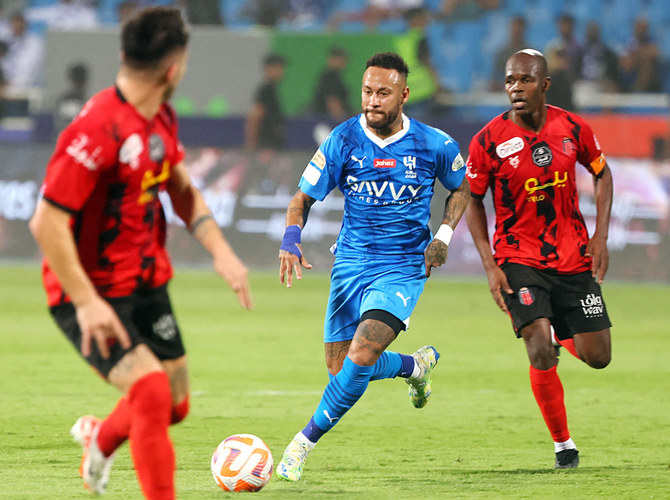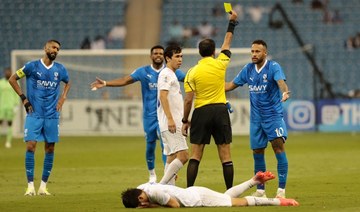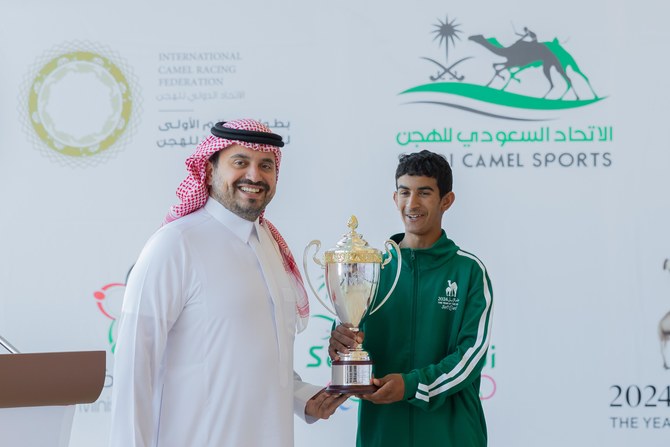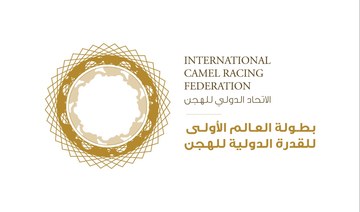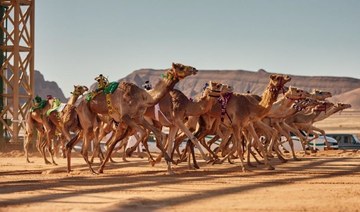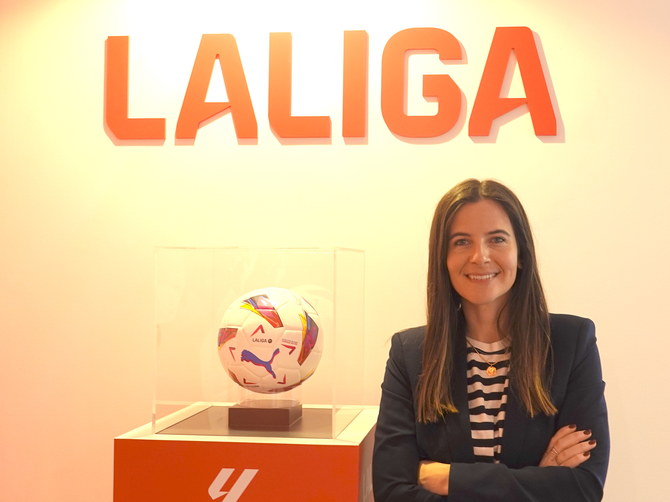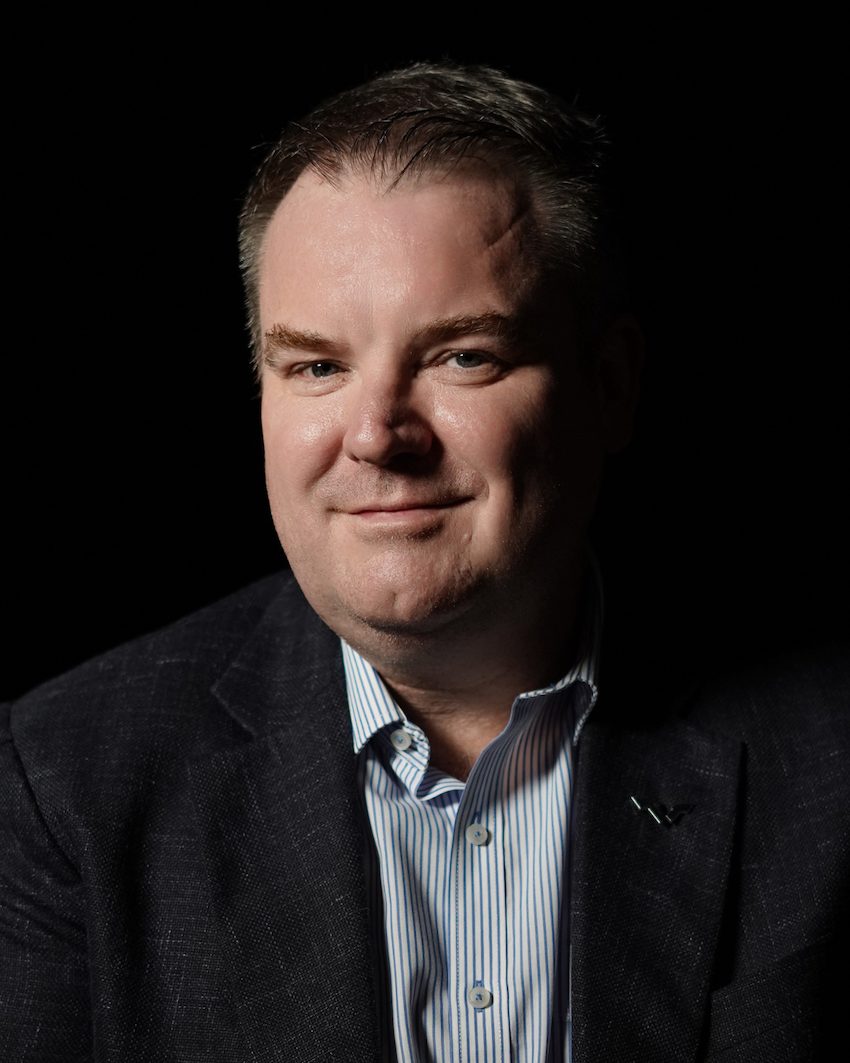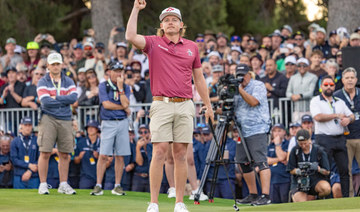RIYADH: In a new era for the Roshn Saudi League — Saudi Pro League — there has been considerable impact following the first month of the new 2023/24 season.
The introduction of world-class international talent to the league has resulted in significant engagement across local and international fans, increases in match-day attendance — as well as a rise in broadcasting revenue and digital growth.
After the six rounds of fixtures already completed ahead of the international break, attendance figures show a total of 440,003 across the stadiums, with a 25 percent increase on last year’s attendances for the same period, a study by the Saudi Pro League has revealed.
There is real evidence of growth on the pitch this season, with marquee signings such as Neymar, Karim Benzema, Roberto Firmino and many more in a highly competitive league alongside five-time Ballon d’Or winner Cristiano Ronaldo.
With 94 overseas signings made this season through the newly launched Player Acquisition Center of Excellence, there are now 152 players from 47 different countries forming 29.1 percent of the player pool in the SPL. The new signings are integrating with Saudi Arabia national team players, including the successful Under-23 squad who won the 2022 AFC U23 Asian Cup.
This forms part of the SPL and Saudi Arabian Football Federation’s strategy to foster and develop local young talent alongside the best international players, as part of a drive to increase competitiveness on and off the pitch while ensuring a sustainable future.
The average age of players so far this season has been reduced by two years, falling from an average of 29-years-old to 27-years-old, across international and domestic players.
Results such as Al-Hilal’s thrilling 4-3 victory at Al-Ittihad, after trailing 3-1 in the Saudi El Clasico, also offer compelling evidence of an exciting product showcased globally. This was further reinforced by a goals average that has increased by 26.3 percent to 27.1 per week for the first six weeks of the fixtures, compared to 17 goals per week for the same period last term.
Saudi Pro League Director of Football Michael Emenalo said: “The Saudi Pro League has undergone a rapid and unprecedented transformation this season, where we have seen 94 players bought from around the world providing a centralized approach to governance, transfers, squad mapping and player care. It’s also allowed us to help to create clear developmental pathways for Saudi youth while also giving them immediate playing opportunities.”
On-the-pitch success has also aided off-the-pitch growth and the league’s ambitions across commercial, broadcast and digital channels.
There has been significant interest from local, regional and global brands, which will see the number of sponsors grow by about 75 percent this season, which would result in the SPL becoming the globe’s third most profitable league in sponsorship revenue.
Around the world, sports fans have engaged with the new season thanks to the network of international broadcast deals through 38 broadcasters. The league has deals across 140 territories with matches shown live on DAZN in multiple markets — Austria, Belgium, Canada, Germany and the UK — as well as major European broadcasters including Canal+ (France), Sport TV (Portugal), La 7 (Italy), Marca.com (Spain) and Cosmote (Greece).
These high-profile broadcast deals have caused a big increase in engagement with football fans around the world, and also increased league revenue by 650 percent, evidence of the SPL’s successful transformation strategy to grow revenue for league and clubs while increasing the commercial value of the league and attracting investors.
The leading international top 10 players across social media have combined connections of 1.5 billion — with 40 percent of that audience aged between 18-24 as the league reaches younger, more global, audiences.
While attendance and viewing figures are on the rise, there is further evidence of an increased interest in the Roshn Saudi League across younger audiences, with an organic growth of 1.5 million new social media followers across platforms including Instagram, Facebook, TikTok Snapchat and X, and data showing more than 150 million video views so far this season across all platforms.
Highlighting the international appeal of Saudi football, a newly launched official English Instagram account has attracted more than 200,000 followers in just a number of weeks, while Brazil, KSA, Morocco and Egypt have the highest number of followers per country.
Carlo Nohra, chief operating officer of the Saudi Pro League, said: “This is an exciting time for fans of football in Saudi, we are witnessing something very special. The combination of international stars and young Saudi talent is generating genuine excitement on and off the pitch, and also raising standards to the highest possible level among our own player pool in Saudi.
“The raised levels of interest in the Roshn Saudi League, both by football fans in the Kingdom and around the world, and in terms of the unprecedented number of potential global sponsorship opportunities, are clear evidence that the strategy is starting to work.
“We have a more competitive product, on and off the pitch, and we are moving to the next level in both areas, in line with our strategy. The next phase for us on this wonderful journey will be building infrastructure and developing the league further off the pitch, while ensuring we have a world-class product that engages and excites on the pitch,” he said.



